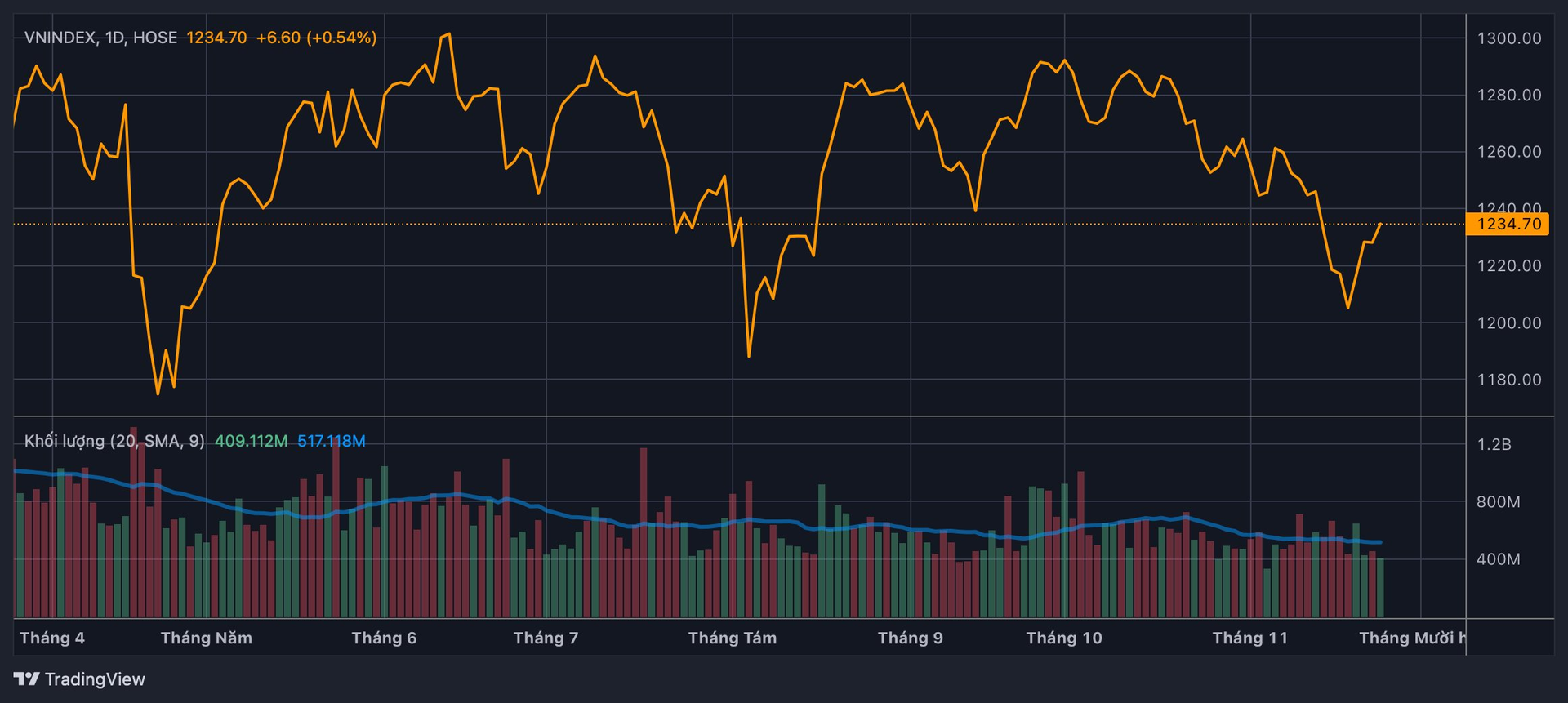
The market bounced back after breaching the 1,200-point mark, with the VN-Index closing 6.6 points higher at 1,234 on November 25th. While liquidity remains low, indicating cautious investor sentiment, the selling pressure has eased.
Signs of Market Bottoming Out
Mr. Dao Hong Duong, Director of Sector and Stock Analysis at VPBank Securities, noted that the market has been significantly impacted by foreign investor transactions over the past two weeks, with heavy foreign selling. However, domestic investors have shown independence, not following the foreign selling spree. This has helped maintain a balance in supply and demand.
As stock valuations become more attractive, Mr. Duong believes that domestic capital will be a key driver for the market to stabilize soon. Technically, VN-Index’s “sharp bottoms” tend to occur during periods of low liquidity, indicating long-term investment rather than short-term speculation. This phase is often referred to as “rising in doubt,” as by the time liquidity picks up and confirms the recovery trend, the market has already made significant gains.
Another sign of a market bottom, according to the expert, is the balance between supply and demand when testing support levels. When investors rush to sell, liquidity increases, and prices fall. However, if liquidity gradually decreases but prices stop declining, it indicates a short-term bottom. Fundamentally, most sectors and stocks are entering attractive price zones.
VPBankS’ historical data for the past eight years reveals that 9 out of 16 sub-industries are trading at P/E ratios below the eight-year average, with five nearing their eight-year lows. Regarding P/B ratios, 14 out of 16 industries are trading below their eight-year averages, with six nearing their eight-year lows.
Additionally, the VN-Index’s P/B ratio stands at 1.6 times, close to the eight-year low of 1.5 times and well below the eight-year average of 2.2 times. This suggests that the market’s valuation is much lower than the average and is close to its bottom.
Attractively Priced Stocks
Mr. Dao Hong Duong highlighted several sectors with attractive valuations, including food and beverages, basic materials, real estate, industrial goods and services, utilities, and insurance, and banking, based on their P/E ratios being lower than the eight-year average. When considering P/B ratios, almost all sectors offer appealing valuations, such as real estate, oil and gas, retail, food and beverages, banking, insurance, utilities, construction, etc.
While investing in low-valuation stocks mitigates risks, the potential profits depend on the industry’s future prospects. The expert assessed that the industries with the most promising profit growth in 2025 compared to 2023, less affected by external factors, and relatively suitable valuations include chemicals, food and beverages, retail, tourism and entertainment, real estate, financial services, banking, and information technology.
Regarding the real estate sector, VPBankS’ expert acknowledged that while the nine-month business results were not very positive, the sector is still considered promising as the negative market sentiments have already been reflected in that period. However, a significant breakthrough is not expected. Typically, the profit volatility of real estate stocks is much higher than that of the VN-Index, as evident from historical data.
The expert anticipates numerous opportunities in the real estate sector in 2025 but also foresees differentiation. Compared to the low base in 2024, even a mid-sized project can significantly contribute to a company’s profit growth and lead to substantial price movements.
Stock Market Blog: Are Bottom-Fishing Stocks a Thing of the Past?
The upward momentum significantly stalled in today’s session, yet the market managed to maintain a delicate balance between supply and demand. The volatility was relatively subdued, with narrow fluctuations in both indices and individual stocks. Notably, the combined trading volume of the two exchanges once again dipped below the 10 trillion dong threshold, indicating that investors are holding onto their stocks rather than engaging in short-term trading.
The Market Beat: Foreigners Keep Buying, but VN-Index Stagnates
The market closed with slight losses, as the VN-Index dipped by 0.16 points (-0.01%) to finish at 1,241.97, while the HNX-Index shed 0.61 points (-0.27%), closing at 223.09. The market breadth tilted towards decliners, with 366 tickers in the red against 307 gainers. Additionally, within the VN30 basket, decliners outnumbered advancers with 14 tickers ending in the red, 9 in the green, and 7 unchanged.
The Foreign Block Accelerates Buying, Individuals Continue to Take Profits
Foreign investors bought a net 343.8 billion VND, with a net purchase of 275.1 billion VND in matched orders. On the contrary, individual investors sold a net of 320.3 billion…
The Market Beat: Rising Pressure Wipes Out VN-Index’s Early Gains
The market remained under pressure during the afternoon session, with indices retreating from reference levels. At the close on November 28, the gains were modest, with the VN-Index edging up 0.14 points to 1,242.11, the HNX-Index climbing 0.47 points to 223.57, and the UPCoM-Index advancing 0.38 points to 92.35.

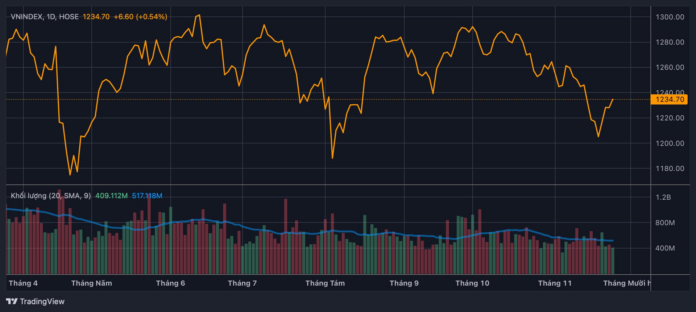
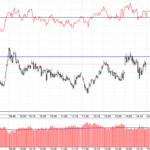
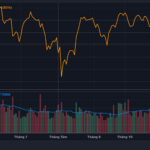


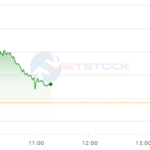



![[Photo Essay]: Experts, Managers, and Businesses Unite to Forge a Path Towards Sustainable Green Industry](https://xe.today/wp-content/uploads/2025/07/z678592918-150x150.jpg)


![[Photo Essay]: Experts, Managers, and Businesses Unite to Forge a Path Towards Sustainable Green Industry](https://xe.today/wp-content/uploads/2025/07/z678592918-100x70.jpg)







